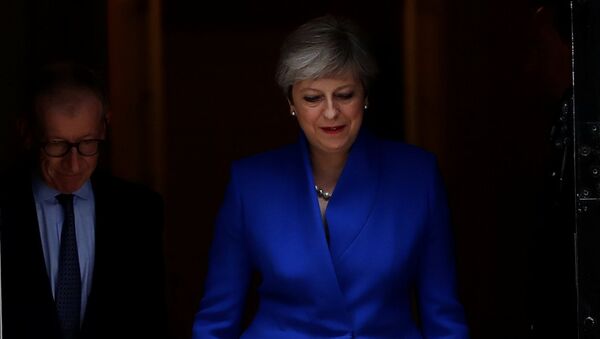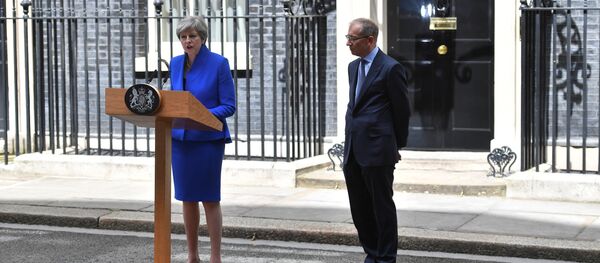Nevertheless, she lost. The party no longer has the overall majority in the House of Commons, which requires at least 326 seats, and is now facing a daunting prospect of a minority government. Last time when the country had a minority government was between December 1996 and May 1997 under Conservative John Major.
In order to form a minority government, the Conservatives now need to secure the support of the Northern Irish Democratic Unionist Party, which gained 10 seats. May has already asked the party leader Arlene Foster, and the latter announced they have entered into discussions with Tories on it.
The blow was painful both for the Conservative party and for the leader.
May, however, did not show any intention to step down despite widespread expectations.
Keeping a stiff upper lip as a true Briton, but with her voice shaking, May said at night in her constituency Maidenhead that the party was going to be the biggest one in the parliament and that they would do everything needed to fulfill stability.
In the morning, instead of announcing a resignation, May rushed to the Buckingham Palace to see the Queen and said in a briefly statement shortly after that she was ready to form the government.
Even if so, it is still unclear how the prime minister’s persistence will be accepted by the ruthless Conservative party. June can start the end of May.






